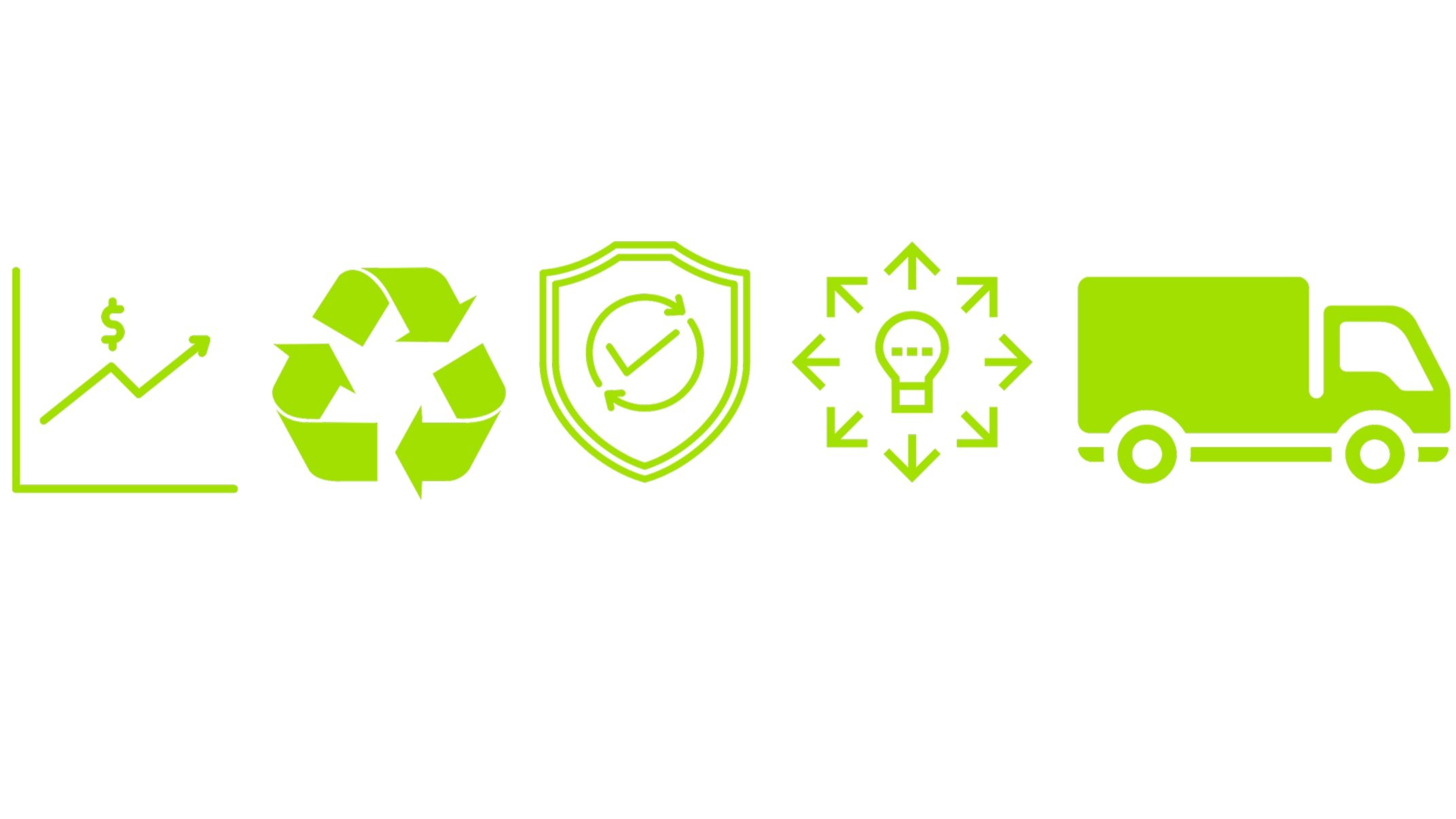
We Don't Fix Nature;
We Nurture Regeneration.
Sitos Group’s Mission:
Repurpose organic materials to generate
high-quality biochar and build a more regenerative future.
With Our Mission, We Create…
Biochar: Our process results in the creation of biochar, a sustainable and carbon-rich soil amendment that enhances soil fertility and carbon sequestration, promoting healthier crops and mitigating climate change.
Renewable Energy: In addition to biochar, our method also generates renewable energy, harnessing the power of nature to provide clean and sustainable power sources, reducing your carbon footprint and energy costs.
Certified CDR Credits: As a byproduct of our sustainable practices, we are proud to offer Certified Carbon Dioxide Removal (CDR) Credits through Carbonfuture. These credits are a testament to your commitment to reducing carbon emissions, allowing you to actively participate in carbon removal programs and receive recognition for your environmental stewardship.
Changing The Flow Of Carbon
Putting carbon back where is belongs through biochar.
Our Production Method
Operations are Adjustable
Scalable & Continuous
Feedstock Agnostic
Transportable
Efficient Biochar Production
High-quality Biochar
Low-oxygen Environment
Exothermic
Slow Pyrolysis
Slow pyrolysis is a process where organic feedstocks are pyrolised at temperatures between 550-750 degrees Celsius in a low-oxygen environment. At these temperatures, a thermal breakdown of the organic biomass material being continuously fed into the machine takes place, converting that biomass into biochar. This biochar is a stable carbon material that cannot escape into the atmosphere and sequesters carbon for 100’s to 1,000’s of years.
Compared to other types of pyrolysis processes, slow pyrolysis is self-sustaining and only requires a carbon input at the beginning of the continuous process. A hydrocarbon source (propane, diesel, etc.) is used to initially ignite the feedstock, but once it reaches 500°C, the burner is turned off and the process continues without additional carbon input. In some alternative methods of pyrolysis, continuous hydrocarbon inputs are required to create biochar. Furthermore, these alternative processes produce significant quantities of carbon dioxide (CO2, NOX) that can end up in the atmosphere.
Although single-machine plants are highly efficient, Sitos Group's commitment to enhancing California's soil health doesn't end there. We're taking it a step further by introducing perfected, three-machine plants, equipped with the following capabilities.
One Machine = 8k Tons of CO2 Sequestered = 2.7k Tons of Biochar Created
Three Machine = 19.6k Tons of CO2 Sequestered = 8k Tons of Biochar Created
Biochar
Feeding people by feeding the earth.
Biochar’s Life Cycle
Converting organic material into stable carbon, acting as a non-degradable soil amendment.












